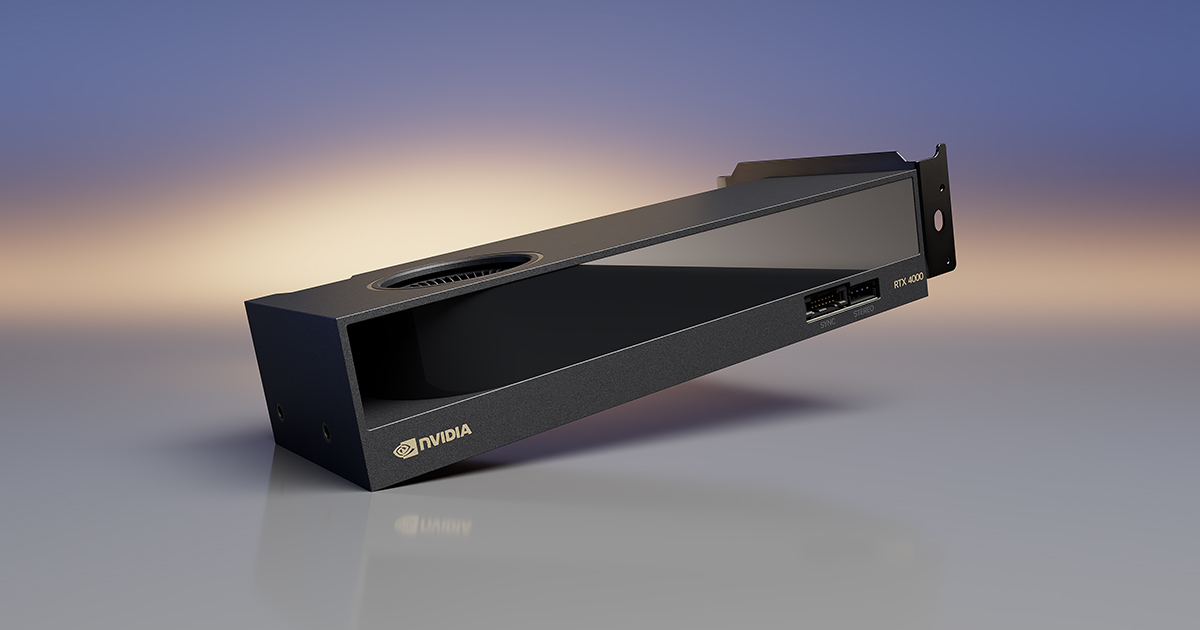My sister in law is looking at a budget build so I said she could have my GTX970 and showed her. She was shocked and amazed by the size of it (she knows nothing about hardware).
Can you imagine if I buy a 4090 and show her that... She might throw her back out trying to pick it up!
Joking aside, cards are so huge now it's getting silly. They're basically bigger than motherboards. Is it possible we might see ATX standards thrown out, and we start attaching other components to the graphics cards instead of the other way around lol.
Can you imagine if I buy a 4090 and show her that... She might throw her back out trying to pick it up!
Joking aside, cards are so huge now it's getting silly. They're basically bigger than motherboards. Is it possible we might see ATX standards thrown out, and we start attaching other components to the graphics cards instead of the other way around lol.



